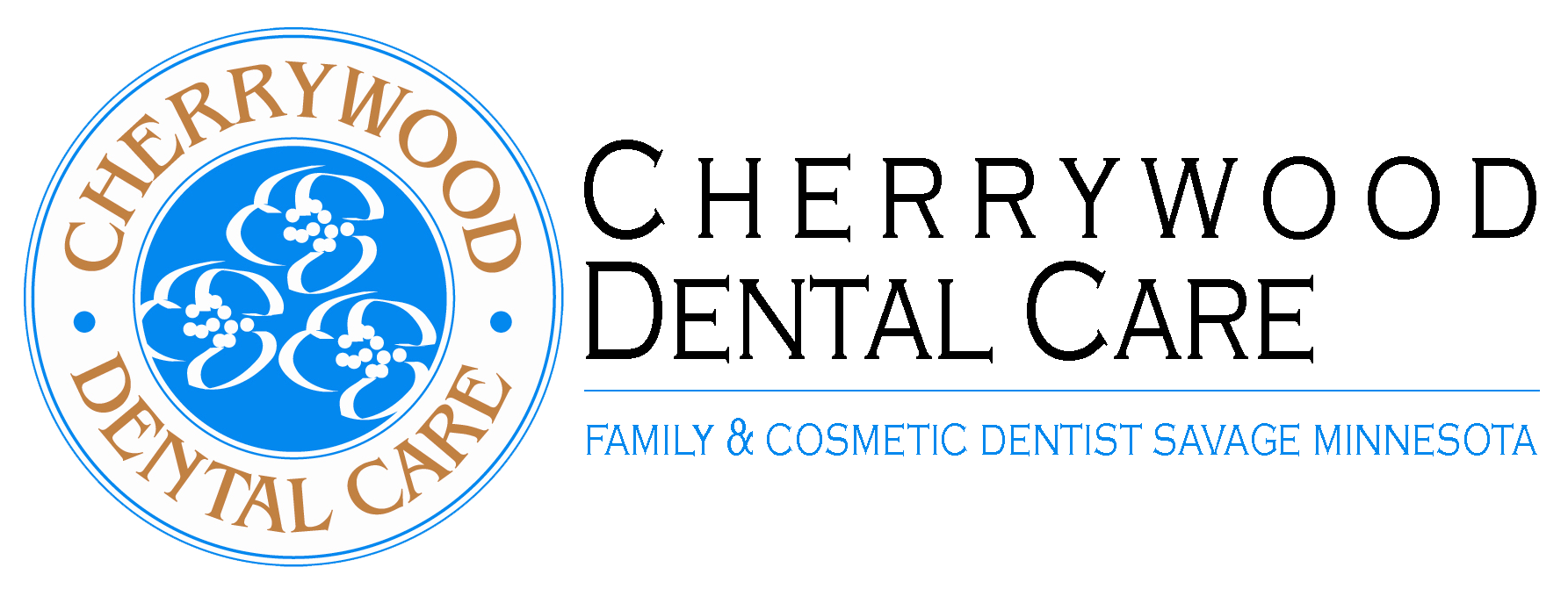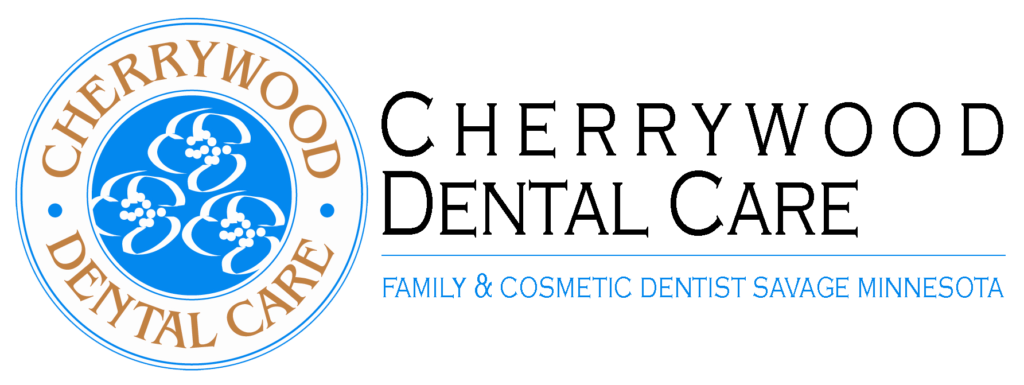Is Gum Contouring Right For You?
A surgical procedure that is commonly performed to modify the appearance of the gums is gum contouring. Patients can have excess gum tissue, receding gums, in addition to uneven or misshapen gum tissue. These things all make patients good candidates for the procedure. While the procedure is considered cosmetic in most cases, it is a highly effective way to enhance the appearance of the teeth and gums. A periodontist or cosmetic dentist will typically perform the procedure. Below are additional details regarding gum contouring and a summary of whether gum contouring is right for you.
Gum Contouring Candidates
Gum contouring is often recommended for patients who are looking to improve the appearance of their uneven or misshapen gums. The outpatient surgical procedure can effectively enhance the patient’s smile. When determining if gum contouring is right for you, below are helpful things to consider:
- Cost: Gum contouring is usually a cosmetic procedure. As a result, it is not covered by dental insurance. Gum contouring will cost an average of $50-$500 per tooth. This procedure can be a costly investment for many patients.
- Oral Health: A patient must have good oral health to be a good candidate for gum contouring. Any oral health issues, like gum disease or decay, must be resolved prior to patients receiving treatment.
- Restrictions: While the gum contouring procedure is highly effective in changing the shape and appearance of the gums, it cannot modify the shape, color, size, or position of the teeth. If a patient has issues with the alignment of their teeth or other cosmetic concerns, other procedures will be required. If necessary, gum contouring can be completed along with orthodontic treatments.
Procedure
When a patient has excess gum tissue, it is often called a gummy smile. A dental professional can remove excess gum tissue with a laser or scalpel. Once the extra tissue is removed, the gums are then sculpted into the desired shape. On average, it takes about 1-2 hours to complete the procedure. The duration can vary based on the amount of the issue being removed and the severity of the issue. Local anesthetic is administered to minimize any pain. Minor discomfort, swelling, and sensitivity are all common following the procedure.
Complications
Receding gums can make the teeth look longer than normal. When this occurs, the roots of the teeth can become exposed. In addition to being painful, this can put the tooth at risk for exposure to bacteria and plaque. The tooth is also at risk for bone loss and decay. Below are common causes of receding gums:
- Too much force when brushing
- Gum disease
- Genetics
- Poor oral hygiene
Gum Disease or Decay
If a patient has gum disease, this must first be treated before the patient can undergo gum contouring. Any infection or decay must also be resolved in order to qualify for the reshaping of the gums.
Recovery
Immediately following gum contouring, it is perfectly normal for patients to have minor discomfort for a few days as their mouth recovers. It is important to rest a day or two prior to returning to routine activities. It can take a few days to a few weeks before the gums heal completely. Patients should consume foods that are soft and mild during their recovery to ensure the sensitive gum tissue is not damaged. The aftercare instructions provided by the dental team should be closely followed. It is important to follow the aftercare instructions in order to expedite the recovery and prevent complications. Contact the office if you have severe pain or swelling that does not improve, as it may indicate infection or another issue that requires treatment.
Patients who are concerned about the appearance of their gums should call the office today. The team can meet with you to determine if gum contouring is right for you. Gum contouring is a highly effective and safe procedure that produces excellent results, leaving patients with a beautiful smile.

